Three win Nobel chemistry prize for world's tiniest machines (Update 4)

Three scientists won the Nobel Prize in chemistry on Wednesday for developing the world's smallest machines, 1,000 times thinner than a human hair but with the potential to revolutionize computer and energy systems.
Frenchman Jean-Pierre Sauvage, Scottish-born Fraser Stoddart and Dutch scientist Bernard "Ben" Feringa share the 8 million kronor ($930,000) prize for the "design and synthesis of molecular machines," the Royal Swedish Academy of Sciences said.
Machines at the molecular level have taken chemistry to a new dimension and "will most likely be used in the development of things such as new materials, sensors and energy storage systems," the academy said.
Practical applications are still far away—the academy said molecular motors are at the same stage that electrical motors were in the first half of the 19th century—but the potential is huge.
Stoddart, 74, a chemistry professor at Northwestern University in Evanston, Illinois, has already developed a molecule-based computer chip with 20 kB memory. Researchers believe chips so small may revolutionize computer technology the way silicon-based transistors once did.
Feringa, a professor of organic chemistry at the University of Groningen, the Netherlands, leads a research group that in 2011 built a "nanocar," a minuscule vehicle with four molecular motors as wheels.
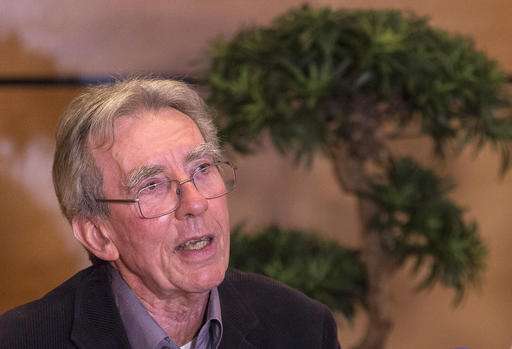
Sauvage is professor emeritus at the University of Strasbourg and director of research emeritus at France's National Center for Scientific Research.
The academy said the laureates' work has inspired other researchers to build increasingly advanced molecular machinery, including a robot that can grasp and connect amino acids, the building blocks of proteins. Researchers are also hoping to develop a new kind of battery using this technology.
"I feel a little bit like the Wright brothers, who were flying 100 years ago for the first time and then people were saying 'why do we need a flying machine?'" Feringa, 65, told reporters in Stockholm by phone. "And now we have a Boeing 747 and an Airbus. So that is a bit how I feel."
Speaking to French TV channel itele, Sauvage, 71, called the news a memorable moment and a big surprise.
"I have won many prizes, but the Nobel Prize is something very special. It's the most prestigious prize, the one most scientists don't even dare to dream of in their wildest dreams," he said.
Stoddart said the award recognized "blue sky" fundamental research and that no big applications are expected anytime soon.
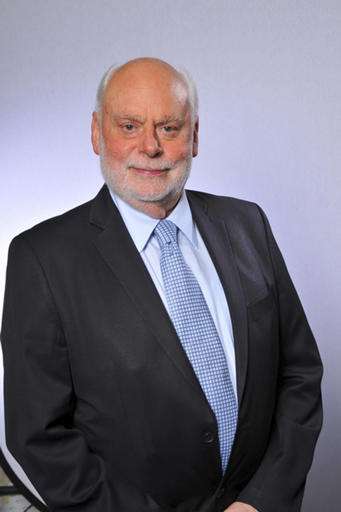
"I would not wish to claim that it's being used anywhere in the world. We're all waiting in the field for the killer application," he told The Associated Press.
The academy said Sauvage made the first breakthrough in 1983 when he linked two ring-shaped molecules together to form a chain. Stoddart took the next step in 1991 by threading a molecular ring onto a molecular axle, while Feringa was the first to develop a molecular motor in 1999 when he got a molecular rotor blade to spin continuously in the same direction.
The academy said the "miniaturization of machines" is just in its initial phase, with potentially "thrilling" developments ahead.
"The molecular motor is at the same stage as the electric motor was in the 1830s, when scientists displayed various spinning cranks and wheels, unaware that they would lead to electric trains, washing machines, fans and food processors," the academy said.
Feringa said he could think of all kinds of potential applications, including smart materials that adapt to external conditions or "tiny robots that the doctors in the future will inject in your blood veins and then go to search for a cancer cell or ... deliver a drug."
Donna Nelson, president of the American Chemical Society, said the winners met the challenge of not only making the machines, but also demonstrating that they worked as they were supposed to. Since they were operating on such a tiny scale, it's "a truly remarkable feat," she said.
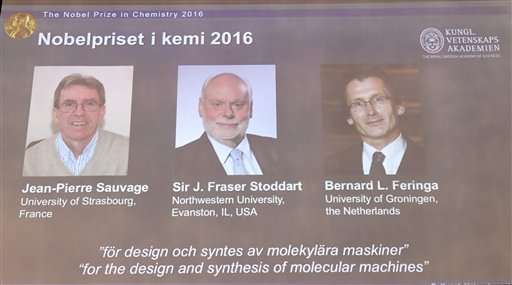
The award "will generate a lot of interest in this field," Nelson said. And given the topic, "children are going to love it. ... They're the scientists of tomorrow."
The chemistry prize was the last of this year's science awards. The medicine prize went to a Japanese biologist who discovered the process by which a cell breaks down and recycles content. The physics prize was shared by three British-born scientists for theoretical discoveries that shed light on strange states of matter.
The Nobel Peace Prize will be announced on Friday, and the economics and literature awards will be announced next week.
The Nobel Prizes will be handed out at ceremonies in Stockholm and Oslo on Dec. 10, the anniversary of prize founder Alfred Nobel's death in 1896.
Nobel, the inventor of dynamite, wanted his awards to honor achievements that delivered the "greatest benefit to mankind."
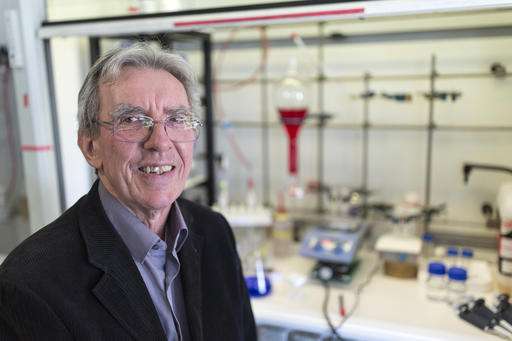
3 share Nobel Prize in chemistry for tiniest machines
The Nobel Prize in chemistry has been awarded to three scientists who helped develop the smallest machines known to man.
They are Frenchman Jean-Pierre Sauvage, 71, of the University of Strasbourg; British-born Fraser Stoddart, a 74-year-old chemistry professor at Northwestern University in Illinois in the United States; and Dutch scientist Bernard "Ben" Feringa, 65, a professor of organic chemistry at the University of Groningen, the Netherlands.
Here's a look at why they won and the importance of their achievements:
SIGNIFICANCE
The Royal Swedish Academy of Sciences said the three developed tiny molecular machines that will likely be used for the development of new computer chips, batteries and energy storage systems. They are credited with designing and synthesizing molecules with controllable movements that can perform tasks when energy is added. It is almost impossible to imagine how small the machines are—roughly one thousand times smaller than the width of a strand of human hair.
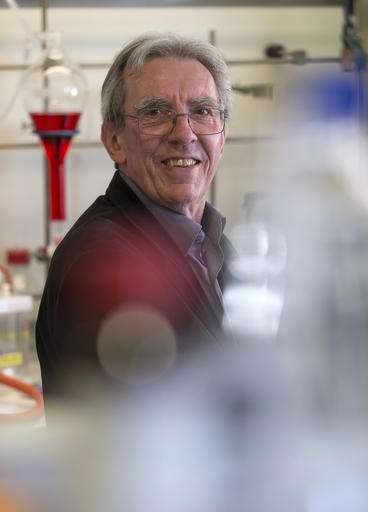
REACTION
Alison Stoddart, the chemist daughter of Fraser Stoddart, said her father called her and was "absolutely ecstatic" about the news.
She said she was pleased to see the promising work of the three laureates recognized.
"It's just really lovely, it's fundamental chemistry; it's synthesis in making these machines. ... What it could make in years to come is very exciting," she told The Associated Press by telephone from Cambridge, England.
"They just make really interesting molecules and they love doing it and it's just really nice they won together," she said.
French Prime Minister Manuel Valls praised Sauvage for his "avant-garde" research and phenomenal results.
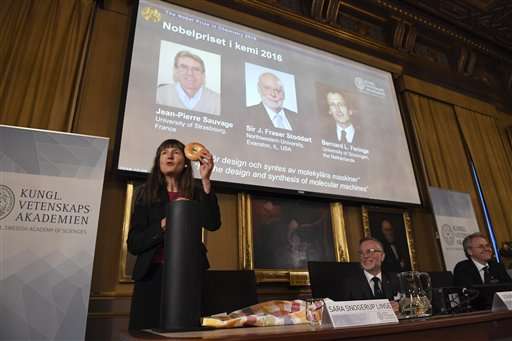
"French research has once again been celebrated with a Nobel Prize," he tweeted.
Sauvage told French TV the award had not been anticipated.
"It's obviously a memorable moment of happiness and a big surprise," he said. "I was not expecting at all to be one of the lucky prize winners this year, or even in the future."
PRIZE
The Nobel Prize carries with it an 8 million kronor ($930,000) prize in addition to a medal and a diploma that is handed out at the award ceremonies each December. The chemistry prize is the last of three science prizes to be awarded. Still to come are awards for literature and economics and the Nobel Peace Prize.
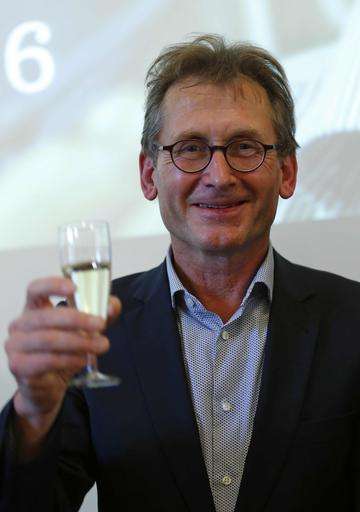
Nobel Commetee Press Release:
They developed the world's smallest machines
A tiny lift, artificial muscles and miniscule motors. The Nobel Prize in Chemistry 2016 is awarded to Jean-Pierre Sauvage, Sir J. Fraser Stoddart and Bernard L. Feringa for their design and production of molecular machines. They have developed molecules with controllable movements, which can perform a task when energy is added.
The development of computing demonstrates how the miniaturisation of technology can lead to a revolution. The 2016 Nobel Laureates in Chemistry have miniaturised machines and taken chemistry to a new dimension.
The first step towards a molecular machine was taken by Jean-Pierre Sauvage in 1983, when he succeeded in linking two ring-shaped molecules together to form a chain, called a catenane. Normally, molecules are joined by strong covalent bonds in which the atoms share electrons, but in the chain they were instead linked by a freer mechanical bond. For a machine to be able to perform a task it must consist of parts that can move relative to each other. The two interlocked rings fulfilled exactly this requirement.
The second step was taken by Fraser Stoddart in 1991, when he developed a rotaxane. He threaded a molecular ring onto a thin molecular axle and demonstrated that the ring was able to move along the axle. Among his developments based on rotaxanes are a molecular lift, a molecular muscle and a molecule-based computer chip.
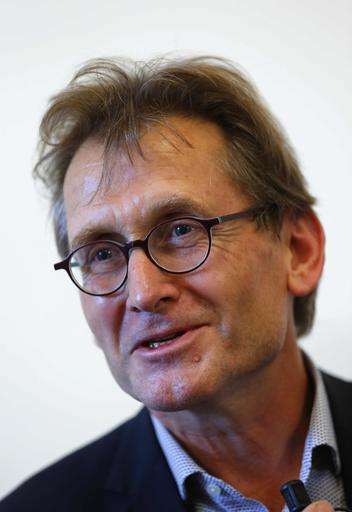
Bernard Feringa was the first person to develop a molecular motor; in 1999 he got a molecular rotor blade to spin continually in the same direction. Using molecular motors, he has rotated a glass cylinder that is 10,000 times bigger than the motor and also designed a nanocar.
2016's Nobel Laureates in Chemistry have taken molecular systems out of equilibrium's stalemate and into energy-filled states in which their movements can be controlled. In terms of development, the molecular motor is at the same stage as the electric motor was in the 1830s, when scientists displayed various spinning cranks and wheels, unaware that they would lead to electric trains, washing machines, fans and food processors. Molecular machines will most likely be used in the development of things such as new materials, sensors and energy storage systems.
More information: www.nobelprize.org/nobel_prize … stry/laureates/2016/
© 2016 The Associated Press. All rights reserved.


















